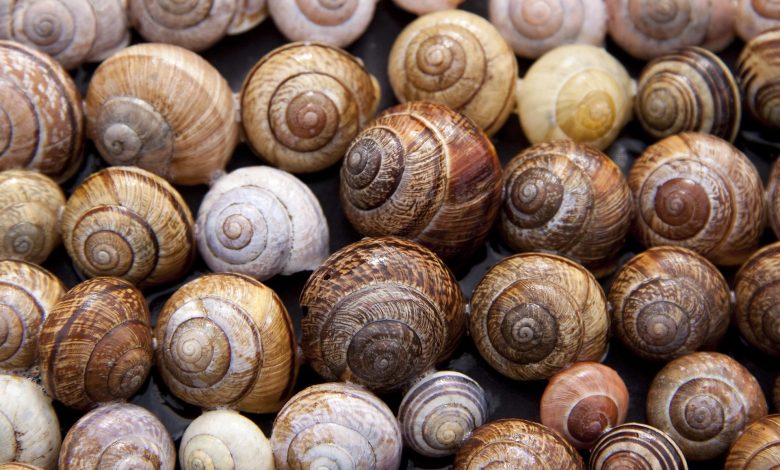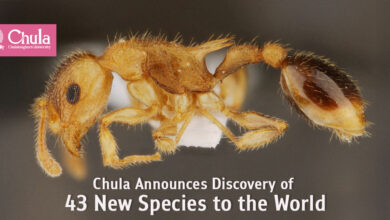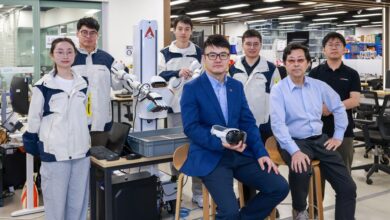NUS marine scientists successfully bred two endangered native sea snail species
A team of marine biologists from the NUS Tropical Marine Science Institute (TMSI) demonstrates for the first time the spawning and growth of two species of sea snails or cowrie larvae, the Cypraea tigris (Tiger) and Mauritia arabica (Arabian), under laboratory conditions

Singapore is home to many cowrie species; however, habitat loss from human activities such as land reclamation and over-collection for the live aquarium trade has threatened the survival of many cowrie species living along our shores. The Tiger and Arabian cowrie species are two such cowrie species that are endangered in Singapore
In an interview with The Straits Times, Dr Neo Mei Lin, who is a Senior Research Fellow at NUS TMSI and principal investigator of the study, shared, “Cowries are often harvested from the wild and are not protected under any international agreement like the Convention on International Trade in Endangered Species of Wild Fauna and Flora (Cites), which makes them vulnerable to overexploitation.”
Previous research on cowries has mostly been focused on its biology and classification scheme, and prior studies on breeding cowries under laboratory conditions have yet to achieve results due to the specific conditions needed for cowrie larvae to grow and develop.
To help fill these gaps in research, marine biologists from NUS TMSI collected the larvae from egg masses produced by 14 Tiger cowries and seven Arabian cowries and nurtured them under laboratory conditions.
“Our study found that growing cowrie larvae require clean seawater and suitable microalgae diets to thrive. In addition, being able to identify the behavioural cues of larvae was critical for the metamorphosis from larvae to juvenile and settlement,” said Dr Neo, explaining the findings from the study.
The researchers observed the first successful settlement of juvenile Arabian species 70 days after hatching. However, for the Tiger species, the last surviving cowrie survived for 37 days without settling into the juvenile stage.
Ms Teresa Tay, a Research Assistant from NUS TMSI who worked on this study, said, “Previous reproduction studies have managed to collect egg masses from the wild and rear their larvae, but none of them reported success in getting the larvae to develop and settle into juveniles.”
These promising results are the first documentation of the successful growth of the Arabian cowrie larvae into an early-stage juvenile in the lab. Findings from this study will provide a stepping stone towards developing farming methods to restore the Tiger and Arabian cowrie species for sustainable production of these cowries for research, conservation, and the aquarium trade.
Find out more : NUS News




